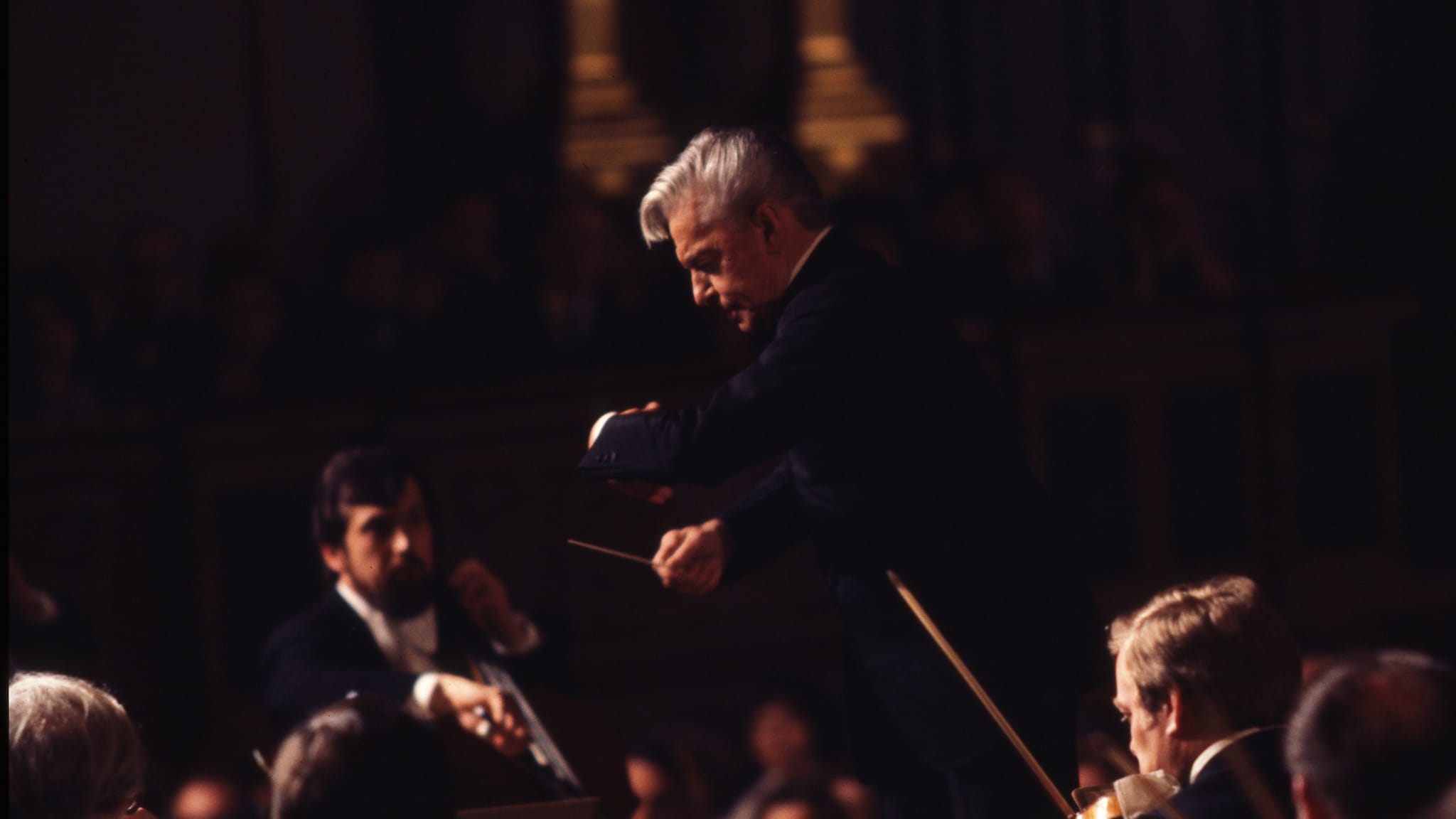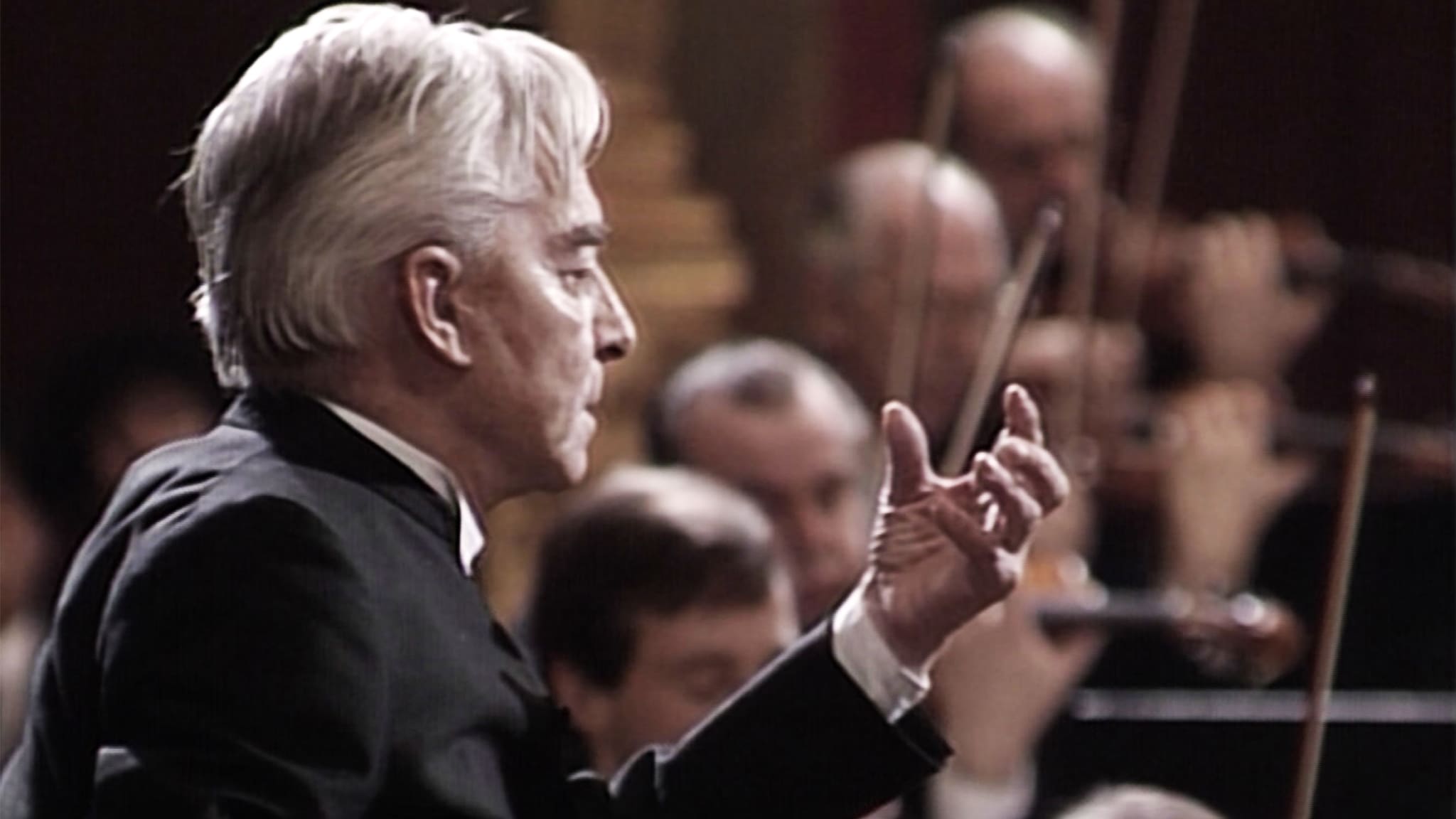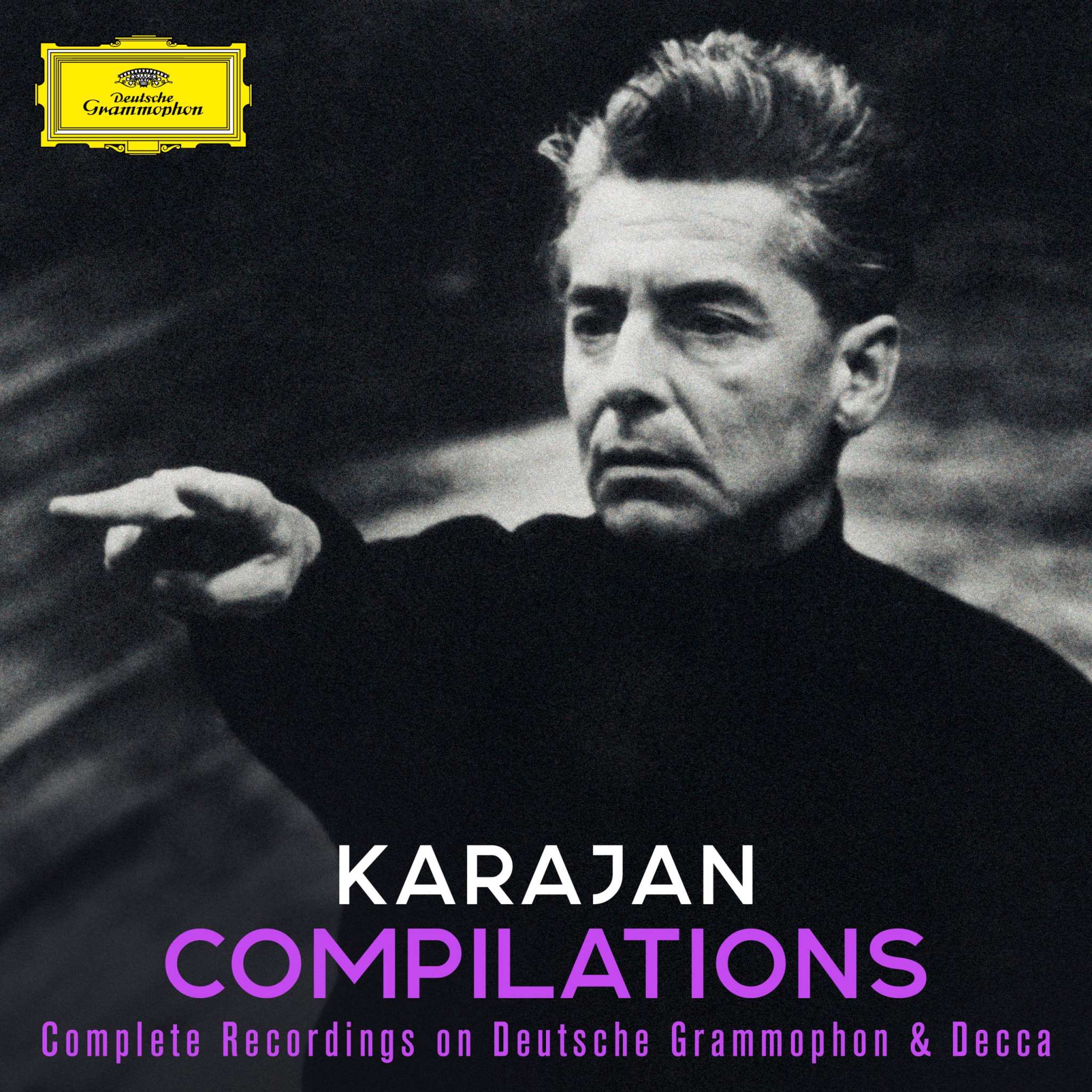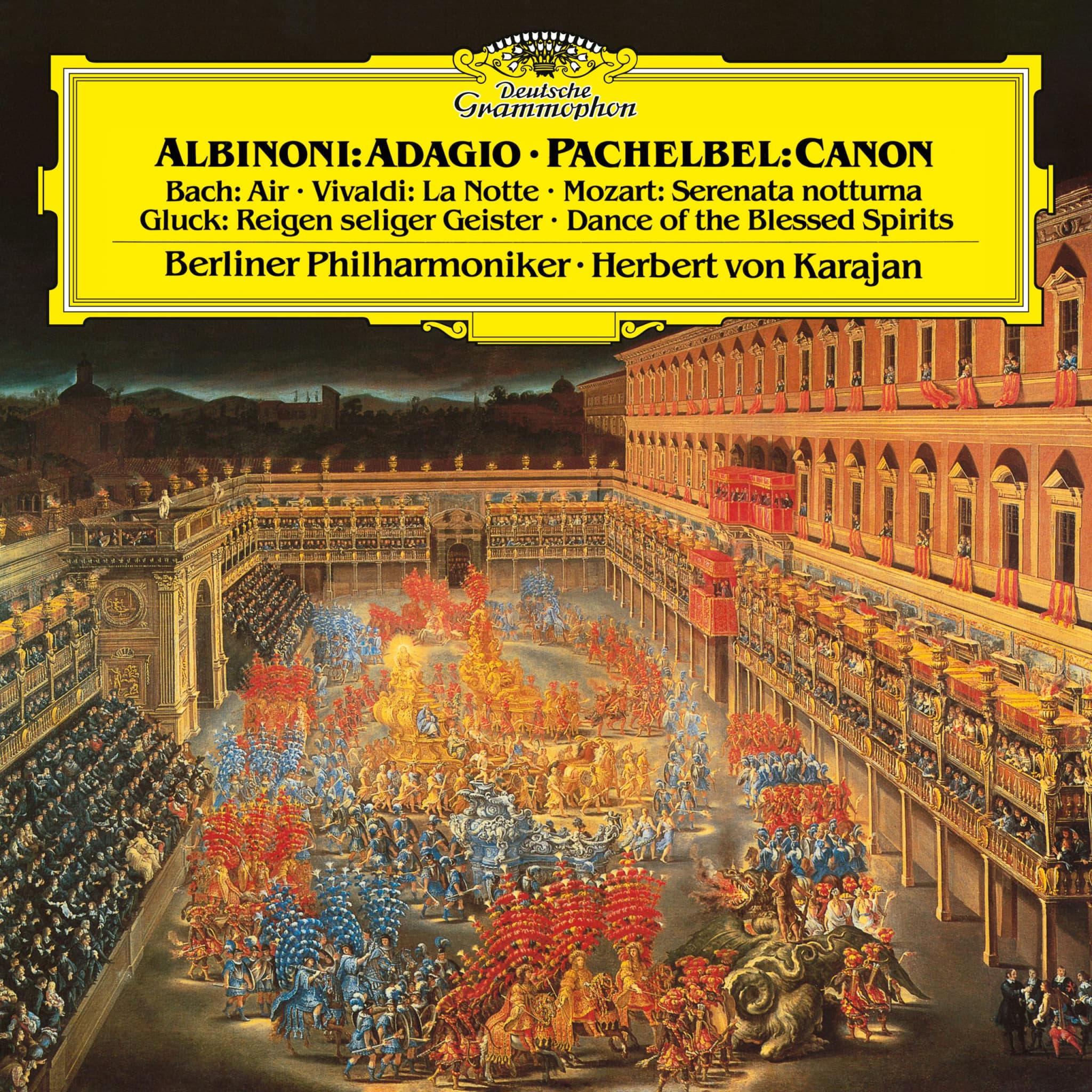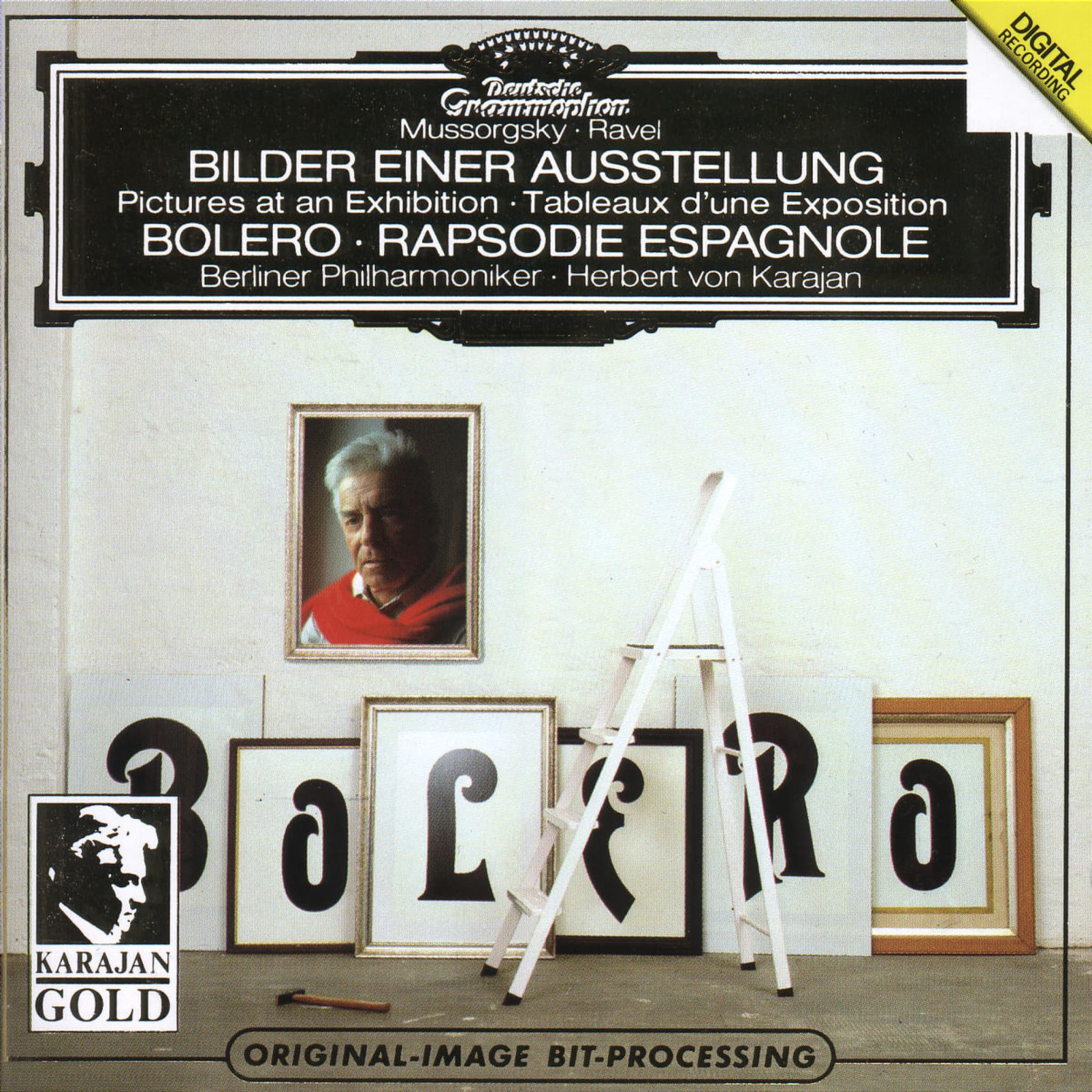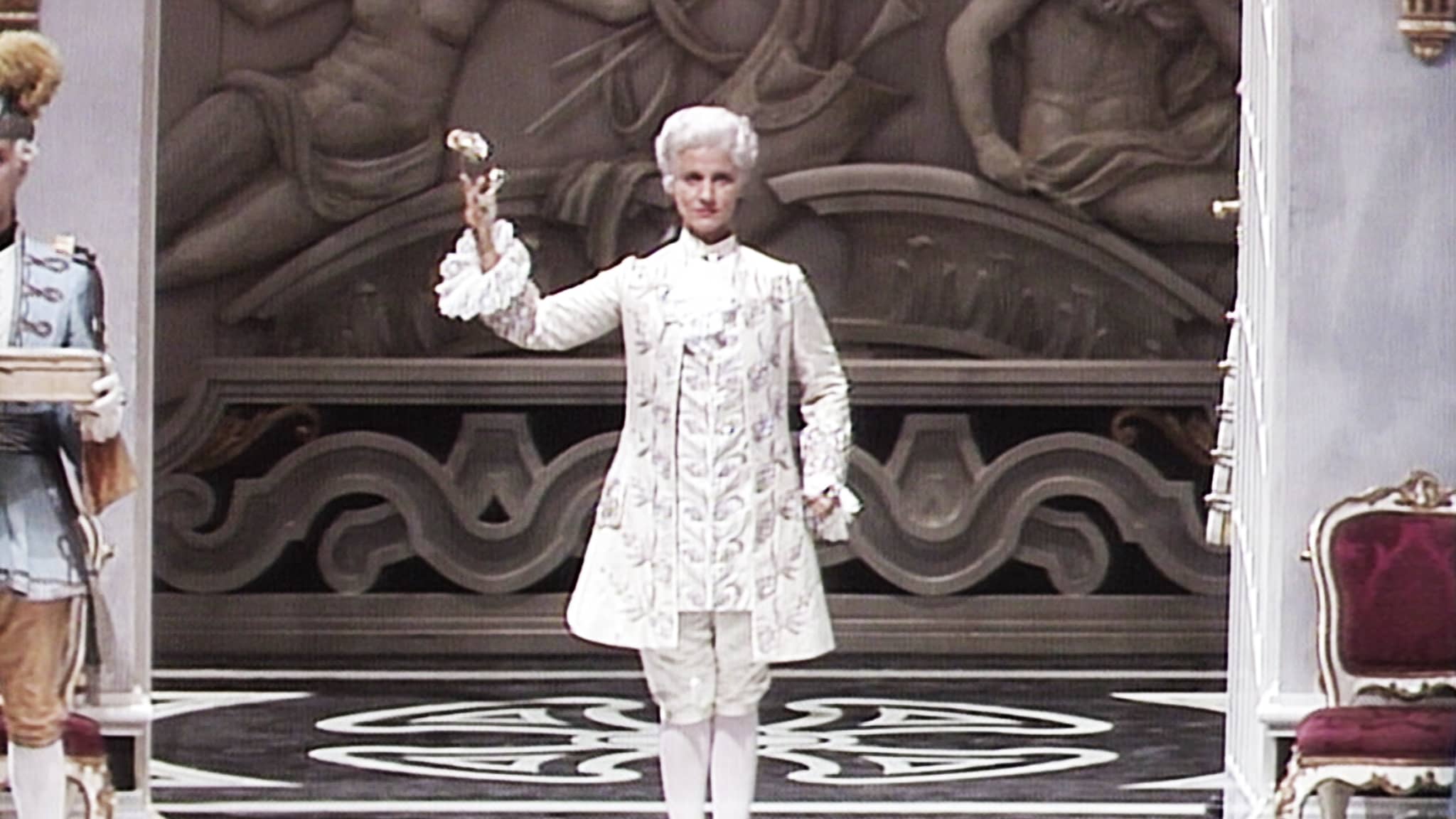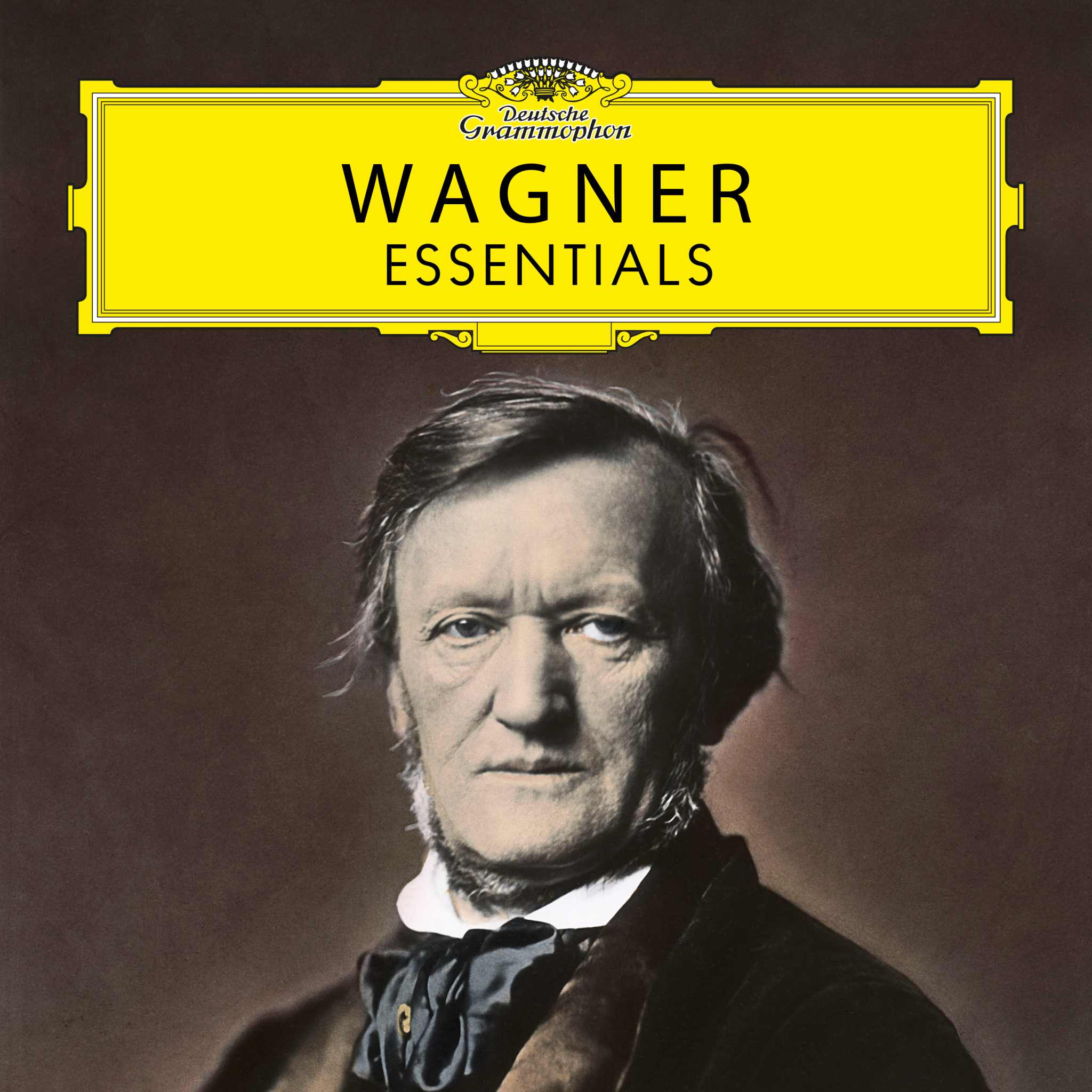Born in Salzburg in 1908, Herbert von Karajan influenced fellow musicians and public taste for generations through his live appearances and recordings with many of the world's greatest orchestras and opera companies – and especially with the Berliner Philharmoniker which, as its principal conductor for over 30 years, he moulded into an ensemble of peerless power, tonal beauty and stylistic flexibility.
Speed was a leitmotif in Karajan's life, and he became a symbol of drive, dynamism, and innovation. In 1938, as a 30-year-old music director in provincial Aachen, he was catapulted to fame with his electrifying interpretation of Wagner's Tristan at the Berlin Staatsoper and shortly thereafter signed his first recording contract with Deutsche Grammophon. Nowhere was Karajan's tireless dedication to music manifested more clearly than in his recording activities. Launched with the 1939 Polydor release of Mozart's Die Zauberflöte Overture, played by the Berlin Staatskapelle, Karajan's recording career spanned half a century, developing into a huge discography, most of it in collaboration with the Berliner Philharmoniker, which in 1954 elected him to succeed Wilhelm Furtwängler as its chief conductor. His lifetime contract with his Berlin orchestra, together with his renewed contracts with the Yellow Label, saw him cover a substantial portion of the standard concert repertoire, and in 1961 he embarked on an unprecedented project: Beethoven's Nine Symphonies set down and marketed for the first time ever as an integral cycle. Released in 1963, it proved to be one of the most successful projects in classical recording history.
The Beethoven cycle would become a mainstay of his studio career and with the advent of digital recording and the compact disc in the early 1980s, he recorded the Beethoven cycle yet again with the Berliner Philharmoniker. They made the company's very first digital recording – Mozart's Die Zauberflöte in 1980 – and were also featured in its first CD title to go into mass production, Richard Strauss's Eine Alpensinfonie in 1982. Karajan was famously passionate about all new recording technologies, including the visual media. One of the objectives of his later career was that of documenting his most important interpretations on film. Karajan's status as the most prominent – and best-selling – of all Deutsche Grammophon artists (he sold over 200 million albums) has remained undiminished since his death in 1989. More than a century after his birth, this exceptional conductor is still a commanding presence in the world of classical music.






